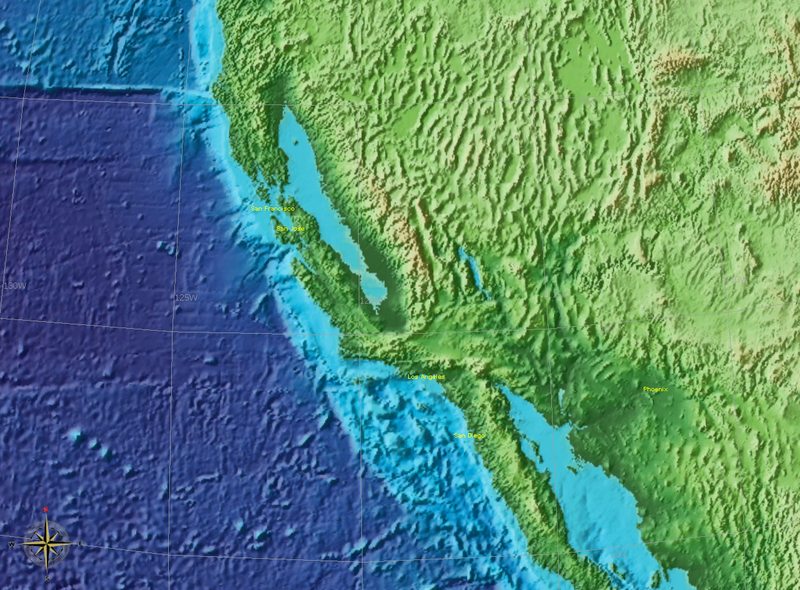Posted: Sat Mar 24, 2007 11:53 am
That is a good point Beagle. Inspite of the cause, we have not discussed the implications.
Your source on the web for daily archaeology news!
https://archaeologica.org/forum/
Only thing I see, Digit, is that during the Carboniferous there is a huge drop in CO2 and temp, possibly from the burial of massive amounts of CO2 exchanging plants. Then there's a spike during the Triassic and Jurassic, which could be associated with the volcanic activity as Pangaea split into pieces. I know, lets kill all the plants!!Digit wrote:Is it me Charley or can nobody else see any relationship between the curves on that graph?
I don't think hanging on to the CO2 would solve those problems Digit.Digit wrote:That is one of the points that I have raised before Beag on the basis that if this current warmth is natural and follows the past events a crash in temp should follow and we might need all the CO2 we can lay our hands on.
On the Global Skeptics forum one poster insists that the previous variations are of no concern at all because they were not caused by CO2. A wonderful example of circular thinking and a flat denial of logic I think.
Yup. The lowest.Digit wrote:Could be Charley, I looked up the original artical and I noticed this under the graph,
Late Carboniferous to Early Permian time (315 mya -- 270 mya) is the only time period in the last 600 million years when both atmospheric CO2 and temperatures were as low as they are today (Quaternary Period ).
makes you wonder a bit doesn't it?
Nope. We're in a late interstatial and going back into an ice age regardless of what politicians plan to do about it.I wonder if that's because we're coming out of a series of ice ages?
I always wonder what makes humankind think that it can influence nature.
Cognito wrote:Nope. We're in a late interstatial and going back into an ice age regardless of what politicians plan to do about it.I wonder if that's because we're coming out of a series of ice ages?Look at the graphs during the last million years. Interstatials warm up just prior to the onset of the next ice age. I always wonder what makes humankind think that it can influence nature.
Charlie, where live isn't so bad. When ice age conditions arise, the terrain changes to lakes, grass-filled valleys and pine forests.Well at least we get the warm weather.
Yeah, no doubt glacial episodes help the deserts out. From west Texas over to southern Cali, along with northern Mexico would probably be much nicer than now.Cognito wrote:Charlie, where live isn't so bad. When ice age conditions arise, the terrain changes to lakes, grass-filled valleys and pine forests.Well at least we get the warm weather.
This is a map of California (i.e. "Far West Texas") during the late Pleistocene. I apologize to the rest of the world but, BRING ON THE NEXT ICE AGE!! (I want to go water skiing!):Yeah, no doubt glacial episodes help the deserts out. From west Texas over to southern Cali, along with northern Mexico would probably be much nicer than now.


